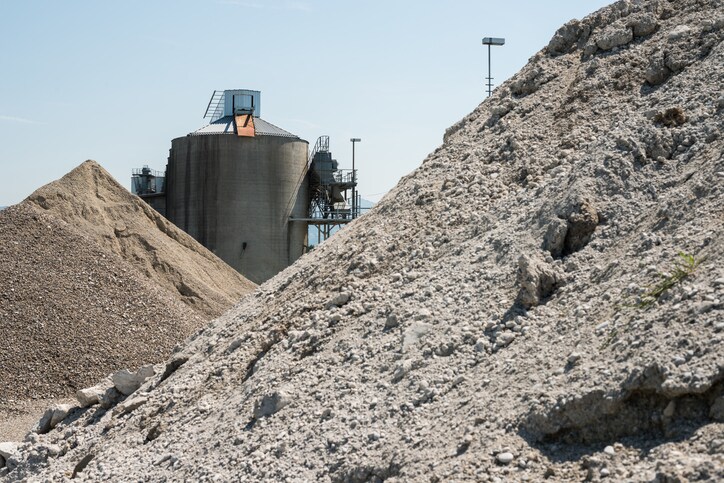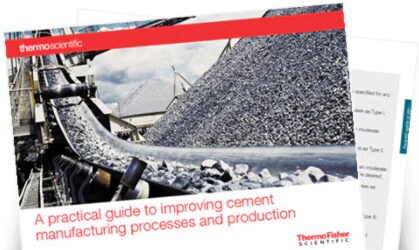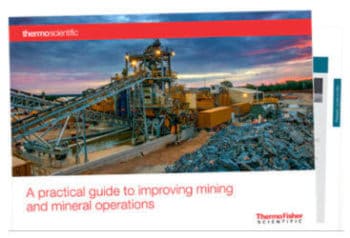 One of the most popular uses of cross-belt online analysis systems is controlling stockpile chemistry to meet quality targets, thus ensuring smooth kiln operation and providing flexibility in quarry operations. Whether the stockpile is longitudinal or circular, online cement analysis systems allow consistent stockpiles, with minimal variations within and between piles. The analyzer can track the chemistry of the stockpile compared to the target chemistry and determine the preferred proportions of the source raw materials.
One of the most popular uses of cross-belt online analysis systems is controlling stockpile chemistry to meet quality targets, thus ensuring smooth kiln operation and providing flexibility in quarry operations. Whether the stockpile is longitudinal or circular, online cement analysis systems allow consistent stockpiles, with minimal variations within and between piles. The analyzer can track the chemistry of the stockpile compared to the target chemistry and determine the preferred proportions of the source raw materials.
As an example, if you are trying to blend limestone and clay, here are some considerations for control in the pile:
- If you have only two distinct materials available, without much chemistry variation within those two material types, then in general terms, a single quality control parameter, such as Lime Saturation Factor (LSF) or an estimate of Alite (tricalcium silicate) using the Bogue equation for Ca3SiO2 (C3S), could be used to control the quality of the pile.
- If however, the two raw materials you have available actually have chemistry variations such that the limestone and clay can be considered multiple different types of limestone and multiple different types of clay, then in reality there would be more than two materials available for control (e.g. High Grade Limestone, Low Grade Limestone, Low Silica/High Alumina Clay, High Silica/Low Alumina Clay, High Iron Clay, etc.).
This is usually the case within a quarry as typically there are fairly significant chemistry variations across an entire quarry with multiple differing grades of material on different mine benches. (Read additional details on this topic in the blog article: Question About Limestone and Clay Blending in Cement Production).
The stockpile chemistry information above applies to both stockpile control and raw mix proportioning.
For more information about cement production technology, visit our Cement Analysis and Production Information website page.
We’ve written up the 15 most frequently asked questions about online cement analysis technology and provided the answers on one page. You can view it here: Online Material Analysis for Cement Production FAQs







Leave a Reply